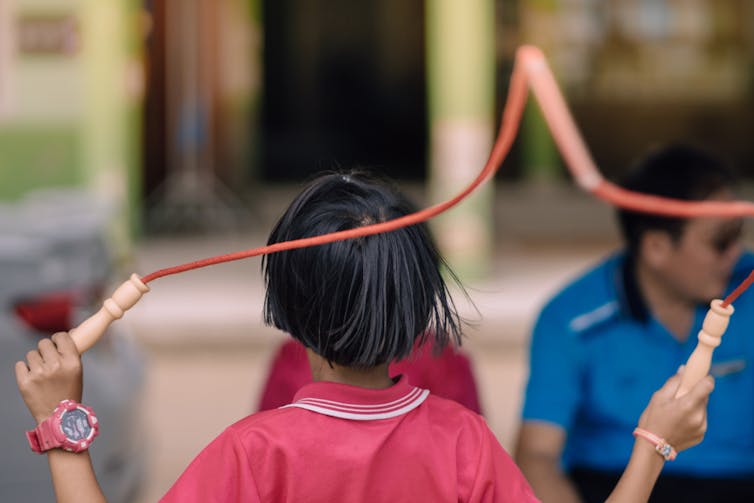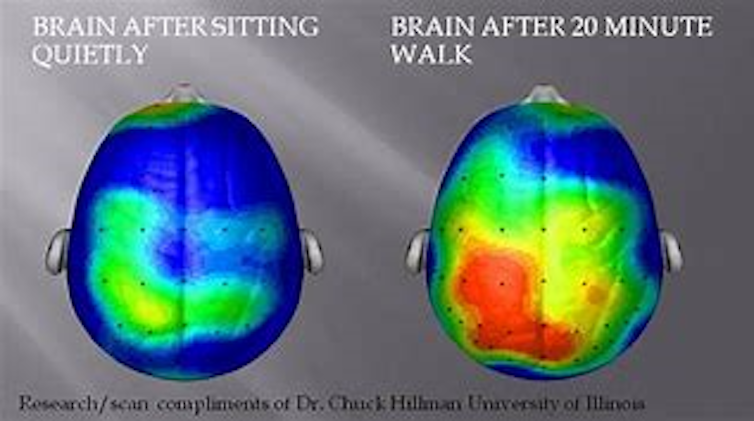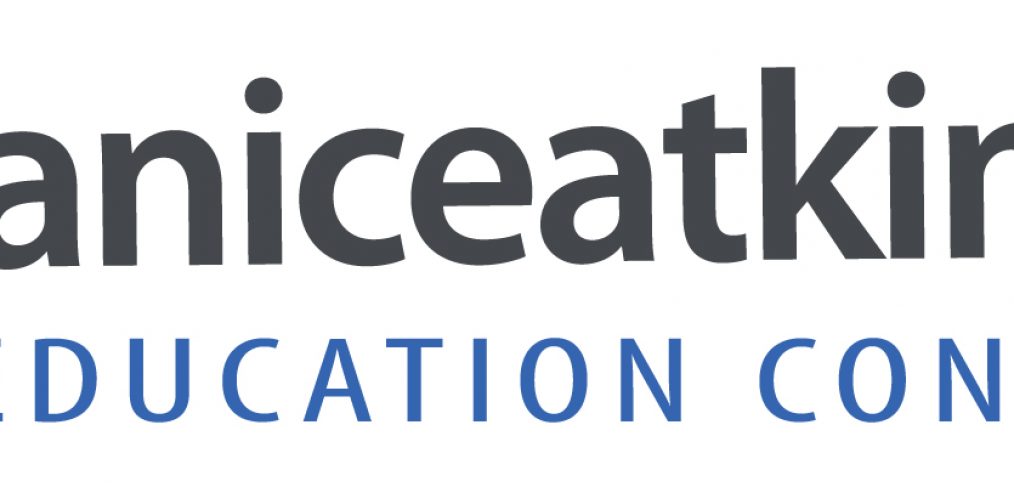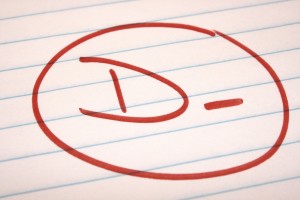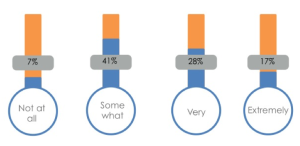Our current generation of students are the most connected and informed learners we have ever taught. They have access to more information and knowledge at their fingertips than we could ever have imagined. So, how does the new Health and Physical Education curriculum cater for the new generation of students?
The research into future directions in education and health was powerful in informing the development and directions of the new curriculum. The futures research in education suggests that schools will more and more become settings that guide learning with an orientation to developing lifelong learners, rather than settings that simply impart knowledge to create learners who can perform well on a final exam. Teaching within schools will no longer just be the domain of teachers but learning will be shaped by partnerships and connections with knowledge experts in the community. This will see teachers shift from a role of knowledge “keepers” to playing the role of knowledge “brokers” – facilitating access for students to knowledge gained from other sources or experts.
To cater for these shifts in knowledge access the Health and Physical Education curriculum includes a critical inquiry approach that promotes researching, analysing, applying and appraising knowledge in the health and movement fields. This approach seeks to support students to understand that a range of factors shape a person’s ability to be healthy, safe and active and that often these factors are out of an individual’s control. As students explore concepts and issues within the curriculum the content encourages students to question knowledge and test assumptions that we may take for granted to ensure that they are founded on reliable and accurate information.
Research into the future of health care suggests services will move towards a preventive focus and predictive medicine and interventions will become more widespread across Australia. Sources predict that nearly a million people in the United States have already signed up for full genome-scans with the hope of understanding their health better and avoiding the risk factors most relevant to their genes. This projected move to a rising engagement with predictive technologies will signal a dramatic shift. Health and Physical Education has historically focused on teaching students strategies to avoid a generic suite of risky lifestyle behaviours. The new curriculum focuses on developing understanding and skills to be able to make healthy, safe and informed choices about their health based on the information available to them. Health experts have identified the development of health literacy as a key skill for individuals in being able to manage their own health and wellbeing. The curriculum focuses on the development of the following skills within the three dimensions of health literacy:
- functional – the ability to research and apply health information to respond to a health-related question
- critical – the ability to selectively access and critically assess health information from a range of reliable sources in order to take action to promote their own or others health and wellbeing
- interactive – the ability to actively and independently engage with a health issue and to apply new information to changing circumstances.
Taking this research into account the Shape of the Australian Curriculum: Health and Physical Education, proposed that a future-focused Australian Health and Physical Education curriculum should:
• be contemporary, inquiry-based, developmentally appropriate, learner-centred
• be relevant to the student and the local and global communities with which they identify
• be informed by a preventive health agenda
• provide opportunities for developing face-to-face communication and collaboration skills
• draw on information and communication technologies to enhance learning
• prepare students to be lifelong learners.
What does this mean for you as a teacher?
The release of the Health and Physical Education national curriculum provides an ideal opportunity for schools to put their current programs under the microscope. It’s important to critically reflect on the programs that you currently deliver in your school and evaluate how effectively they cater for your students as lifelong learners. Some questions that may help direct your reflections include:
- How can your Health and Physical Education program best equip your students to deal with the day to day challenges they will face now and in the future?
- How well does your Health and Physical Education program prepare students for life beyond the school walls, both now and after their school years have finished?
In a rapidly changing world, Health and Physical Education will play an important role in preparing young people for the new challenges they may encounter in the future. These challenges include the expectations placed on them as global citizens, the rapidly changing world of work, issues related to food security and bio-security, the role that social media and social connections online will play in their relationships and the broadening level of inequalities experienced between rich and poor.
Don’t stress … there is help out there
We have put together a structured process with accompanying resources for faculty and school teams to revise and renew their school HPE programs in light of the implementation of the new Australian Curriculum for Health and Physical Education.
If your school team is ready to review and renew your programs why not get in touch to find out more about our faculty mentoring packages.

